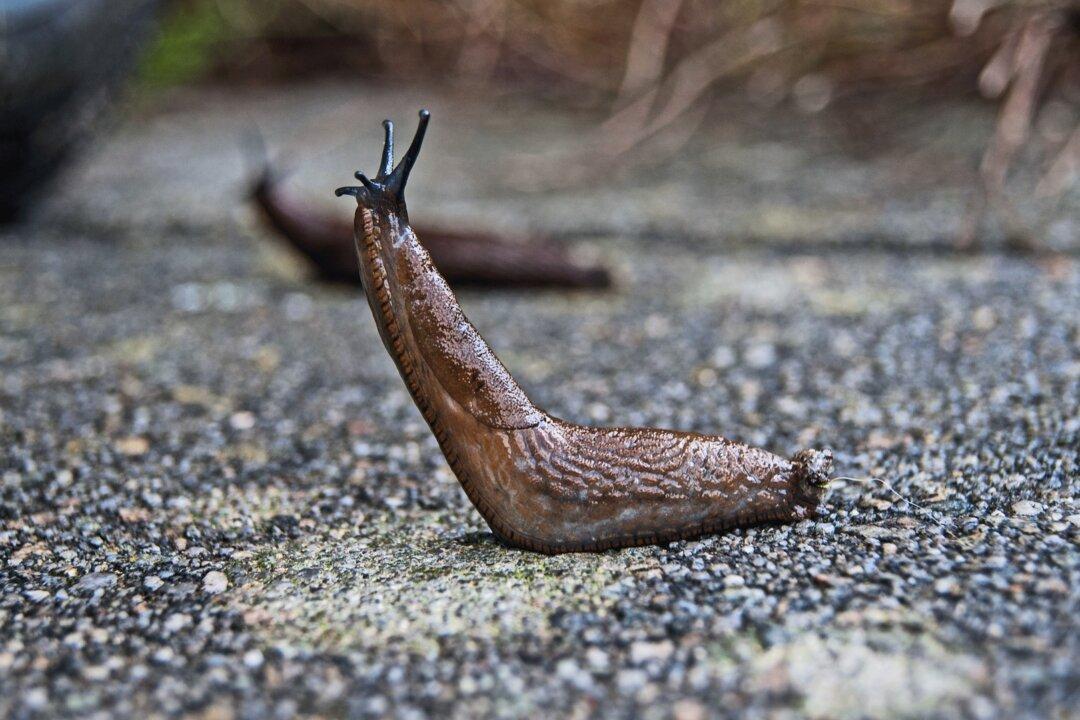An American tourist who ate a slug on a dare was among three people recently infected with rat lungworm in Hawaii, according to health officials.
The three cases are isolated and occurred months apart, according to the Hawaii Department of Health (pdf). All three were visiting from the United States.





